We try out Qatar Airways’ new Starlink wifi – a genuine game-changer
Links on Head for Points may support the site by paying a commission. See here for all partner links.
Last year, I wrote that 2025 would be the year of unlimited, fast and free inflight wifi. Qatar Airways is at the forefront of this charge, at least when it comes to long haul services, thanks to its progress installing Starlink wifi.
Starlink is a network of over 7,000 satellites in Low Earth Orbit (LEO) that supplies satellite internet services around the world. Whilst it initially launched as a terrestial home internet system, it is now available for aircraft installation.
Satellite wifi for aircraft is nothing new – the first such system went live in the year 2000 – but Starlink and other Low Earth Orbit systems (like OneWeb and Amazon’s planned Project Kuiper) offer higher speeds, more bandwidth and lower latency. In short, it is faster and more reliable.
Qatar Airways is one of the first airlines to install Starlink connectivity, although United Airlines and Air France have also announced plans to do so.
So, does it live up to the hype? Rob and I travelled to Doha last week for meetings with Qatar Airways (flights were provided) and we deliberately chose Boeing 777-300 day flights in both directions so we could give it 12 hours of testing.
What is it like using Qatar Airways’ new Starlink wifi?
I am not exaggerating when I call the new Starlink service a genuine gamechanger. For the first time, it makes browsing the internet as easy at 35,000 feet as it is on the ground.
For premium passengers, it is perhaps the biggest gamechanger since flat beds in business class. For economy passengers, it is the biggest change since individual IFE screens were introduced.
Once you have flown a long haul aircraft with Starlink, you will not (if given a choice) book anything else.
Did I mention it’s free too? Starlink insists that airlines cannot charge for it. It is SO good that airlines are voluntarily ripping out their expensive existing systems, and giving up the revenue they generate, to give customers free Starlink wifi. Well, forward thinking airlines anyway ….
Connecting is a doddle, with no annoying pop-ups or interstitial pages. You do not need to sign in with your Privilege Club account or enter a password. All you do is connect to the ‘Oryx Comms’ network and you are instantly online. It is incredibly frictionless.
It’s also ‘gate to gate’. You can connect the second you board and you can keep going until the aircraft parks up. Literally not a second is wasted.
Once online you can browse as if you were at home, and I genuinely mean that.
Actually, I don’t mean that. Unless you are spending a fortune for your home wifi, Starlink is better.
Qatar Airways advertises it as being ‘up to 500 megabits per second’. I managed to get 200 mbps exactly on our outbound flight:
200 mpbs is faster than our WeWork office which in theory is specifically wired to serve tech-driven companies. It was fast enough to deal with anything I threw at it, including a YouTube stream and other high-bandwidth applications.
Both Rob and I spent the entire flight working on our laptops as if we were in the office. We even skipped our second meals because we were getting so much done!
For the first time ever, there was no noticeable difference in connectivity between being at home in London versus flying at 35,000 feet and we could accomplish anything we needed.
Bar a couple of glasses of champagne as we worked we were genuinely as productive as we would have been in the office – perhaps more so, given the lack of other distractions.
Even more convenient was the fact that connecting required no convoluted process. You just connected to the network and that was that – no faffing with seat numbers, surnames or logins.
The service is so good that it is all the more unfortunate that some countries do not allow satellite internet in their territories. Unfortunately, this is out of Qatar Airways’ control – it is dependent on each country’s regulator to permit or deny the service, and some countries (such as India) are particularly aggressive in blocking satellite internet. You can see where it is available here.
Fortunately, we were able to stay connected for the entire duration of our London – Doha – London flights.
There was no disruption from other passengers using the service either to stream content without headphones or making phone or video calls, although the Boeing 777 is a fairly noisy aircraft. In fact, everyone was remarkably well behaved!
Which aircraft currently have Starlink wifi?
I can only describe the rollout as ‘record pace’ given the first installation was complete in late October 2024. I doubt any other airline will be able to match the speed of Qatar Airways’ roll-out.
The good news is that the Boeing 777-300ER fleet is now virtually complete with the 777-200LR and A350s next.
When both fleets are complete the vast majority of Qatar’s long haul services will feature fast and unlimited free wifi. So far, Qatar Airways has committed to installing Starlink on its Boeing 777, 787 and A350 fleets. Here is the progress so far:
- Boeing 777-300ER: 45 aircraft complete
- Boeing 777-200LR: 1 aircraft currently in testing
- A350-900: 1 aircraft currently in testing (the first A350 globally to have Starlink)
The full Boeing 777 fleet is due to be complete by Q2 or Q3 this year, whilst the A350 fleet will be completed by Q2 2026. The Boeing 787-8 fleet should be done by the end of 2026 followed by the Boeing 787-9 fleet.
Because the A350 and 777-200LR installation programme has only just begun, you will need to book a Boeing 777-300ER service if you want to be 100% certain of Starlink.
Qatar Airways has yet to announce whether it will install Starlink on its eight A380 aircraft and I suspect it will depend on the long-term fate of these planes. Whilst they were due to be retired during covid, delays on the Boeing 777X program (of which Qatar Airways has almost 100 on order) meant they were pressed back into service.
How does Qatar Airways’ Starlink wifi work?
In addition to experiencing the new wifi service on board both our flights, we had a tour of the hangar at Hamad International Airport where Qatar Airways is installing the Starlink antenna. Sadly no photos were allowed so you’ll have to use your imagination!
There are other benefits to installing Starlink beyond customer satisfaction. The dual-antenna system weighs just 10kg, less than one sixth the weight of the previous wifi system which came in at a hefty 65kg.
Why is Starlink so much lighter? Part of it is because it uses two so-called ‘phased array’ antennas.
Most current inflight wifi systems use what are called ‘Electronically Steered Antennas’. These are large, heavy antennas that physically move within the small bump on the roof of the aircraft. As the aircraft flies it must maintain a line-of-sight connection with the satellite, and it does so with 180-degrees of movement thanks to its electric motors.
Phased array antennas work in an entirely different way. Crucially, they remove the need for heavy moving parts. A phased array antenna is made up of many mini-antennas which can be individually controlled to steer a beam of radio waves in the direction required.
For Starlink, this means refocusing on a new satellite every minute or two as one of 7,000 satellites orbit the earth at a speed of around 7.7km per second, or one orbit every 90 minutes.
I’m told that Starlink has made the installation of the new system incredibly simple, and far quicker than previous systems. The kit for each aircraft literally turns up in a crate, ready to go. Whilst the aircraft we visited were having longer engineering checks done at the same time, it can take as little as two days to install and fully test the system.
Starlink provides the full kit, from the antenna that is mounted on the top of the rear fuselage to the six cabin routers. Each system has double the capacity required: there are two antennas, two power supplies and six routers. If one antenna goes out of service, the other antenna (and routers) should be able to maintain a stable connection, albeit at a lower overall bandwidth.
Conclusion
Both Rob and I agreed that Qatar Airways’ new Starlink service was a leap forward in onboard wifi, and indeed in the overall aircraft experience.
Previous systems have been slow, expensive and difficult to use. Starlink is the opposite: it’s free, fast, gate to gate and simple to connect to.
The biggest takeaway is that we are leaving the era of differentiated wifi services onboard and on the ground. With Starlink, airlines will be able to offer the same (better, actually) wifi speeds you would expect at home, in the office or anywhere else on the planet.
It may even change booking patterns. Your boss may have considered a day flight a waste if you lost a day of work, but with Starlink you can be as productive as you are in the office (we proved that!).
The downside, of course, is that there is no longer an excuse for being offline, either from your employer or your family!
Unless other airlines catch-up – and, in time, they will have no choice – Qatar Airways now has a huge competitive advantage.
You can find out more about Qatar Airways’ Starlink service on its website here.
PS. If you are not a regular Head for Points visitor, why not sign up for our FREE weekly or daily newsletters? They are full of the latest Avios, airline, hotel and credit card points news and will help you travel better. To join our 70,000 free subscribers, click the button below or visit this page of the site to find out more. Thank you.
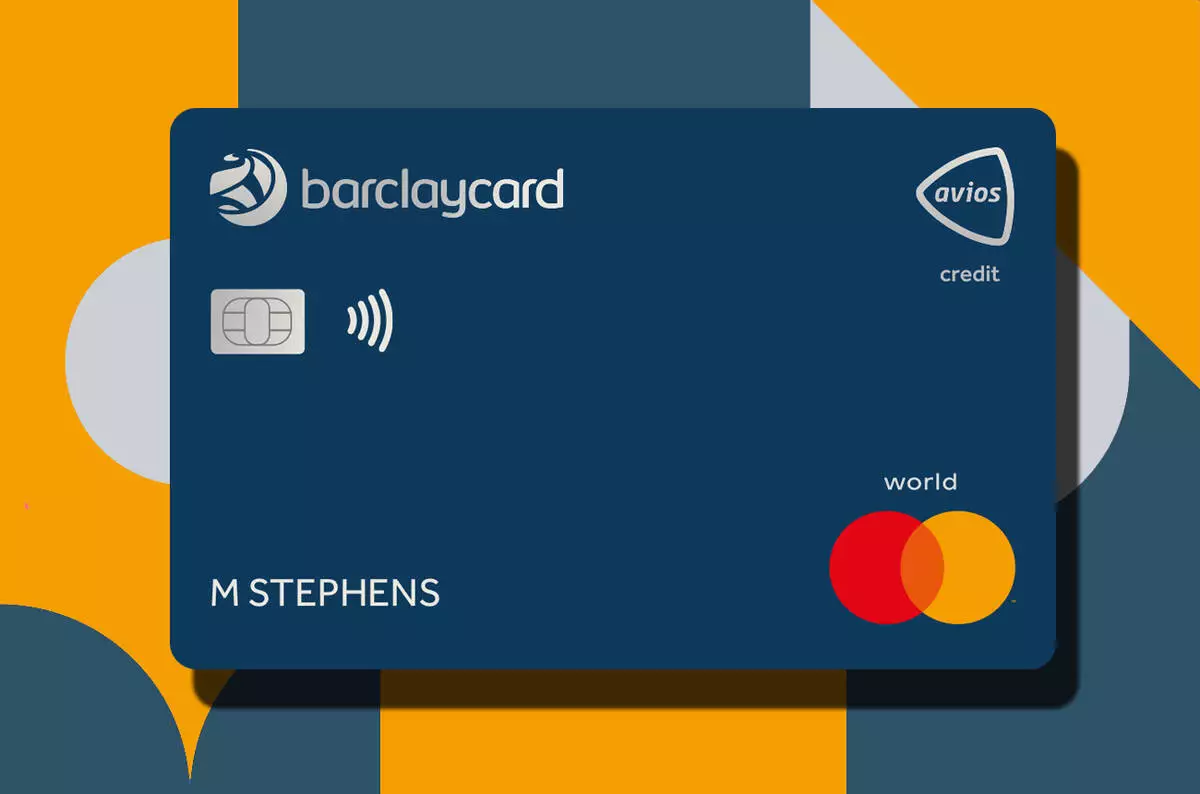
How to earn Avios from UK credit cards (August 2025)
As a reminder, there are various ways of earning Avios points from UK credit cards. Many cards also have generous sign-up bonuses!
In February 2022, Barclaycard launched two exciting new Barclaycard Avios Mastercard cards with a bonus of up to 25,000 Avios. You can apply here.
You qualify for the bonus on these cards even if you have a British Airways American Express card:
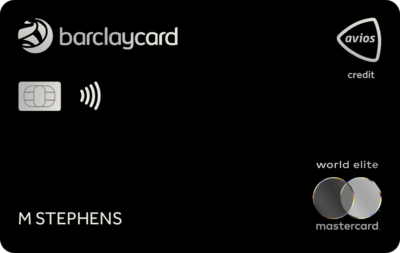
Barclaycard Avios Plus Mastercard
Get 25,000 Avios for signing up and an upgrade voucher at £10,000 Read our full review

Barclaycard Avios Mastercard
Get 5,000 Avios for signing up and an upgrade voucher at £20,000 Read our full review
There are two official British Airways American Express cards with attractive sign-up bonuses:
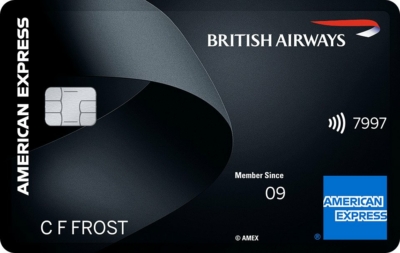
British Airways American Express Premium Plus Card
30,000 Avios and the famous annual Companion Voucher voucher Read our full review
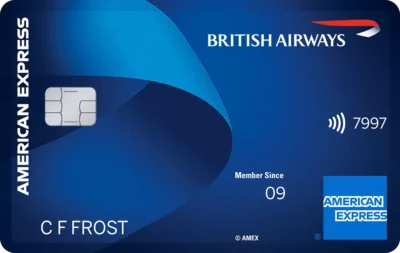
British Airways American Express Credit Card
5,000 Avios for signing up and an Economy 2-4-1 voucher for spending £15,000 Read our full review
You can also get generous sign-up bonuses by applying for American Express cards which earn Membership Rewards points. These points convert at 1:1 into Avios.

American Express Preferred Rewards Gold Credit Card
Your best beginner’s card – 20,000 points, FREE for a year & four airport lounge passes Read our full review

The Platinum Card from American Express
50,000 bonus points and great travel benefits – for a large fee Read our full review
Run your own business?
We recommend Capital on Tap for limited companies. You earn points worth 0.8 Avios per £1 on the FREE standard card and 1 Avios per £1 on the Pro card. Capital on Tap cards also have no FX fees.

Capital on Tap Visa
NO annual fee, NO FX fees and points worth 0.8 Avios per £1 Read our full review

Capital on Tap Pro Visa
10,500 points (=10,500 Avios) plus good benefits Read our full review
There is also a British Airways American Express card for small businesses:
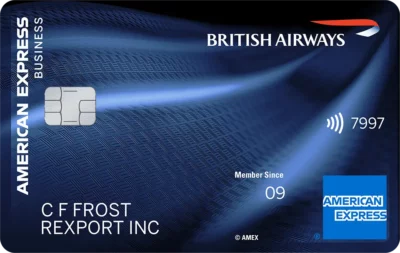
British Airways American Express Accelerating Business Card
30,000 Avios sign-up bonus – plus annual bonuses of up to 30,000 Avios Read our full review
There are also generous bonuses on the two American Express Business cards, with the points converting at 1:1 into Avios. These cards are open to sole traders as well as limited companies.

The American Express Business Platinum Card
50,000 points when you sign-up and an annual £200 Amex Travel credit Read our full review

The American Express Business Gold Card
20,000 points sign-up bonus and FREE for a year Read our full review
Click here to read our detailed summary of all UK credit cards which earn Avios. This includes both personal and small business cards.



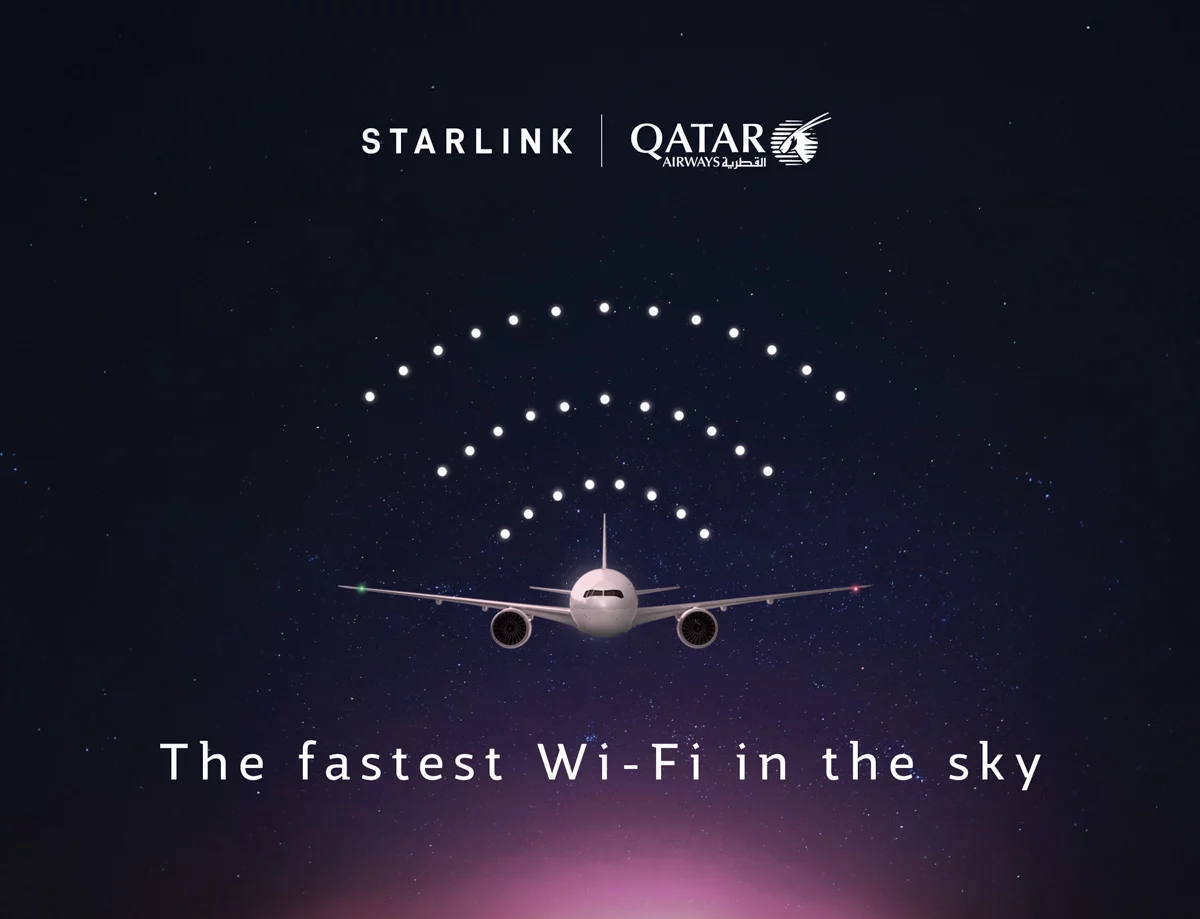
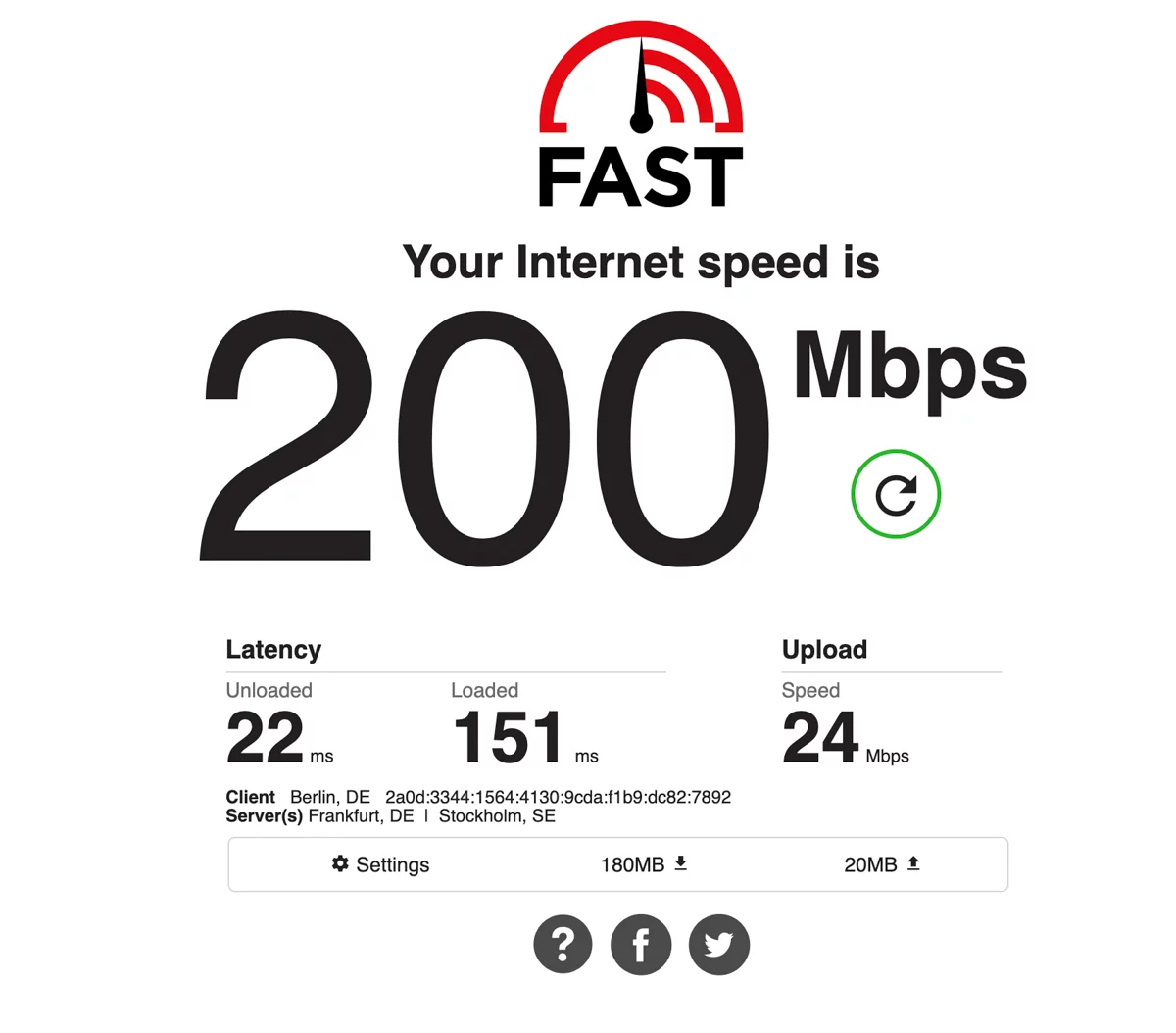
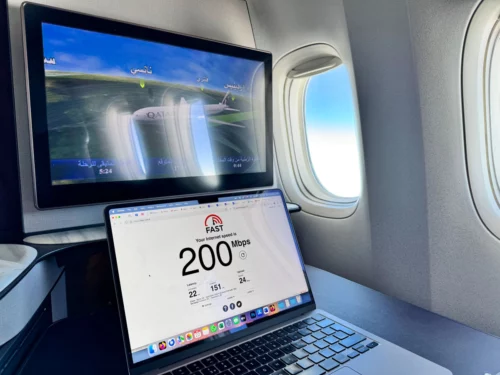

 Rob
Rob 





Comments (252)